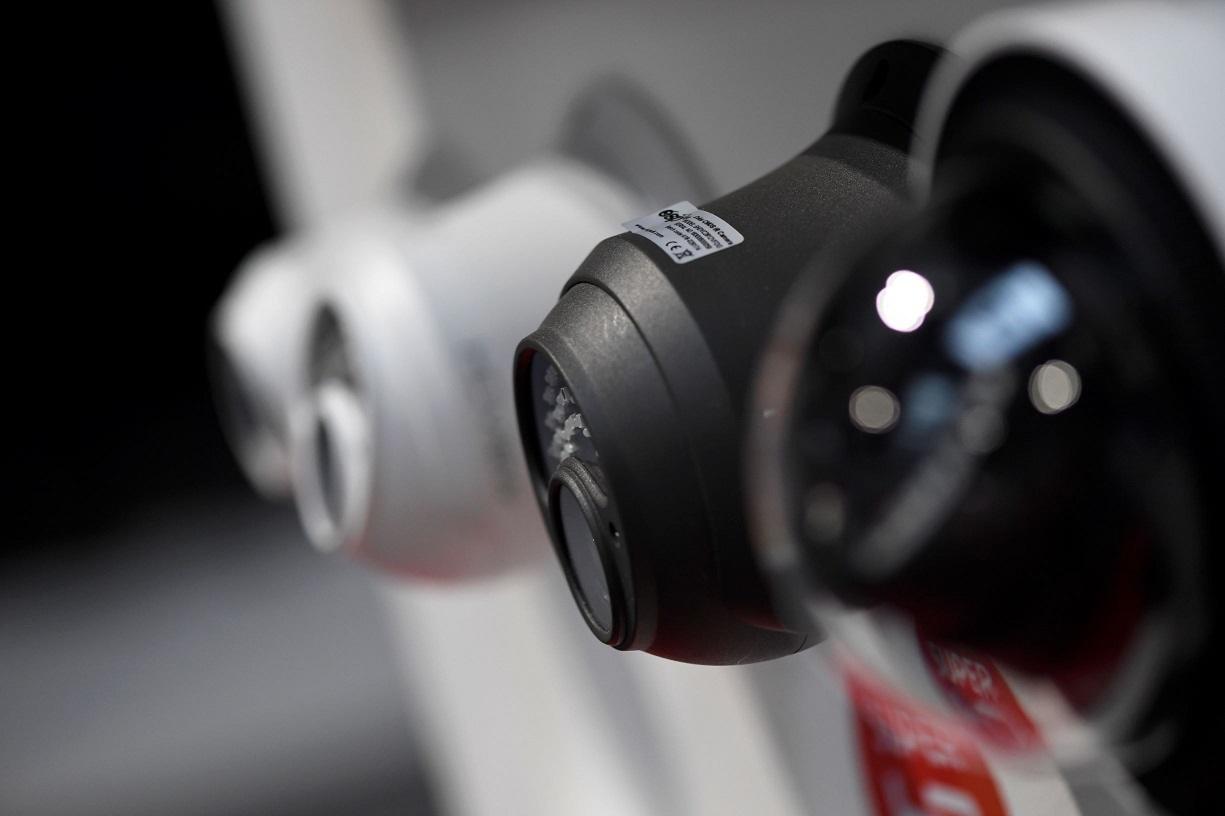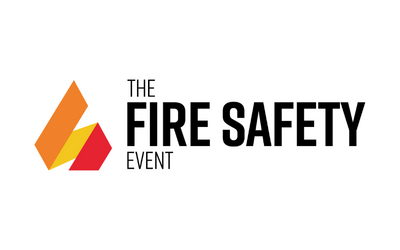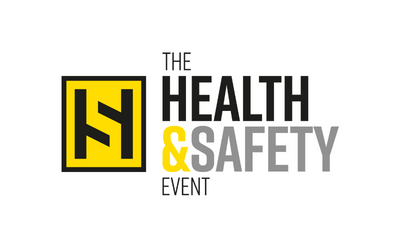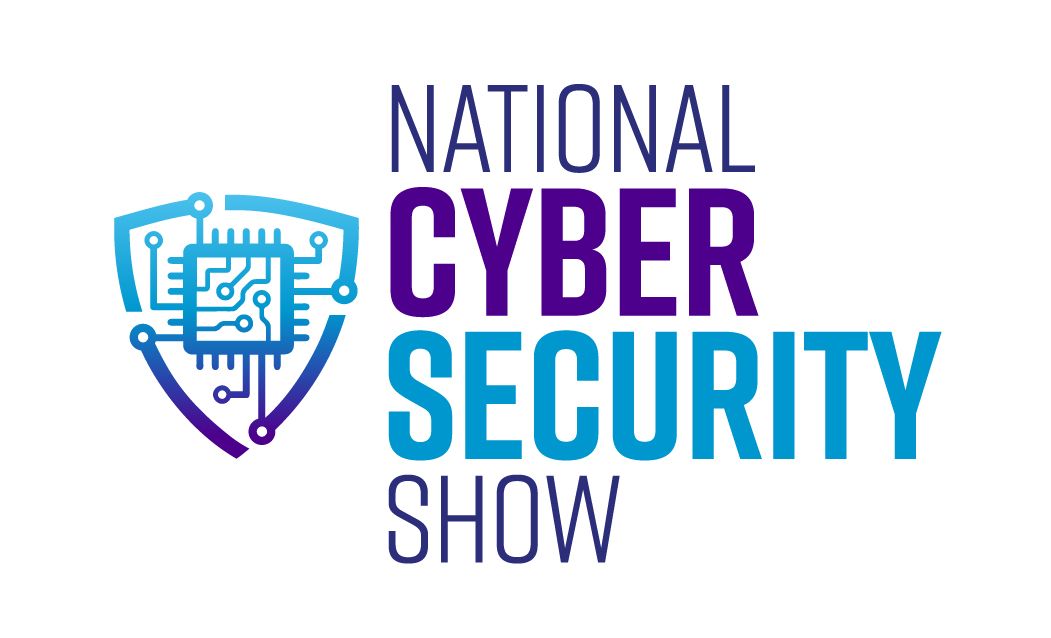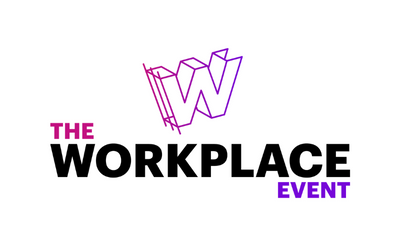When two worlds collide
)
Users of professional access control and security systems now expect the same level of functionality and ease of use that they experience from their consumer tech. Richard Tweedie, product delivery and quality assurance manager at PAC & GDX, examines the impact this is having on technology development and purchasing decisions.
Over the last decade consumer tech has transformed from a range of devices and platforms used to complement our lifestyles, to forming an entire ecosystem in which we function. To highlight this ubiquity, Ofcom states that 79 per cent of UK adults own smartphones and, on average, users spend 2 hours and 34 minutes on them every day, check them every 12 minutes and first look at their device within five minutes of waking up.
Brave new world
It’s hard to remember what life was like before smartphones and as a society we have all become more tech-savvy. Manufacturers put a huge amount of investment into ensuring that smart devices are highly intuitive and it means that the same level of user friendliness is now expected from every electronic device that we come into contact with. For manufacturers of access control and other security equipment, the convergence of the previously disparate worlds of business and consumer tech has presented a number of challenges.
In the past, professional electronics held a price premium and the advanced – often complex – features and future proofing they offered was in stark contrast to products designed for the consumer market. Conversely, consumer electronics have traditionally been mass-produced, more affordable, easy to use and designed to deliver the feature specification expectations of the day at the lowest possible price. This type of separation is less discernable and the technological capabilities of a modern consumer tech is comparable – and in some cases more advanced – than professional equipment.
That said, one very important advantage that systems for commercial use have over their consumer counterparts is the level of robustness and resilience that is designed in from the outset. When specifying access control and security products this is an important consideration, as the lifespan and return on investment of any equipment can be dramatically reduced if it cannot withstand the rigours of regular use.
Grand designs
Much of the convergence of professional and consumer tech is due to the work of semiconductor design companies that have created incredibly powerful platforms at a cost that would have been unimaginable 10-20 years ago. This, combined with cloud service platforms, is a powerful mix for the delivery of services previously only available to sectors like financial services and the military, and has meant that the functional gap has shrunk between the professional and consumer markets.
It has also meant that end users now employ radically different purchasing criteria. Professional hardware is generally based on a 10-15 year investment and this usually requires a significant level of capital expenditure. However, particularly since the advent of internet protocol based solutions, much can change over this sort of timeframe. It’s worth remembering that the first Apple iPhone was launched in 2007 and since then there have been 19 different versions of this product, each with more advanced capabilities. Those requiring this kind of investment cycle need to be careful what platform they select, only those capable of scalable upgrade will fit the bill.
Leading the way
On average people upgrade their smartphones every 2-3 years and in the consumer sphere it has become the norm to fund this via a rental, credit and/or contract model that can also deliver extensions to the functionality of devices. This gives users access to the latest tech in an affordable way and means that they are able to benefit from the latest hardware and software advancements. This model is now trending across professional markets and the key advantages are that manufacturers can spread the greater cost of the required continuous development cycles, while customers are able to select more granular services that meet their changing needs.
The access control and security sectors have been slow to embrace this model, partly because of the long investment cycle for equipment. This has been addressed to a lesser extent through modular hardware designs, but to a greater extent through software as a service (SaaS) offerings delivered through the cloud. End users can now avoid the upfront cost and complexity of owning and maintaining their own infrastructures by subscribing to third-party services instead. Just as importantly, it enables regular firmware updates, patching, firewalls, malware prevention, encrypted password changes and other preventative safeguards to be carried out in a way that enhances cybersecurity and ensures that systems are not vulnerable to attack.
The sky’s the limit
The cloud has been a game changer, allowing organisations to remotely manage and monitor their access control and security systems in a secure, modern way. For example, users can address technical issues, deal with key fob management, view status, set and unset a system, and gain access to an event log more easily than ever before. If someone loses a key fob, their information can be accessed and an authorisation check carried out. They can then be let into their building and, if necessary, the missing device can be deactivated.
It’s not just larger organisations that can take advantage. Systems designed for small to medium sized enterprises (SMEs) can be configured via a smartphone and boast features normally only associated with PC-based options. Installers simply complete a one-time registration, download the app to set up and create a customer account for the end user. This process is completed via the cloud, with information stored in a remote database back-up, which allows events to be viewed and exported on demand. This can also lead to other less obvious benefits such as the delivery of applications that enhance theft prevention, make better use of customer assets and/or deliver lower running costs.
Easy does it
Things have radically changed in terms of user expectation and our experience as consumers has altered our perception, relationship and attitude towards professional electrical equipment. This has led to a paradigm shift in the way access control and security devices can be procured and users now want to extend the longevity of any hardware investment with regular cutting edge software upgrades and a flexible method of paying for a service. We have entered a new era and manufacturers must respond accordingly to meet this demand.
For further information please E: customerservices@pacgdx.com or visit www.pacgdx.com
E N D S
Note to Editors:
PAC™ & GDX™ are two trusted brands that have a combined experience of over 70 years in the security industry. Their versatile, scalable solutions are suitable for any application and environment. The offering includes a range of access control readers, controllers, door entry panels, handsets, and software, which can be integrated with video surveillance, time and attendance, intruder and staff protection systems.
Media enquiries in EMEA:
Linda Tyrrell
The Henley Group International
T: +44 (0)1491 570972

